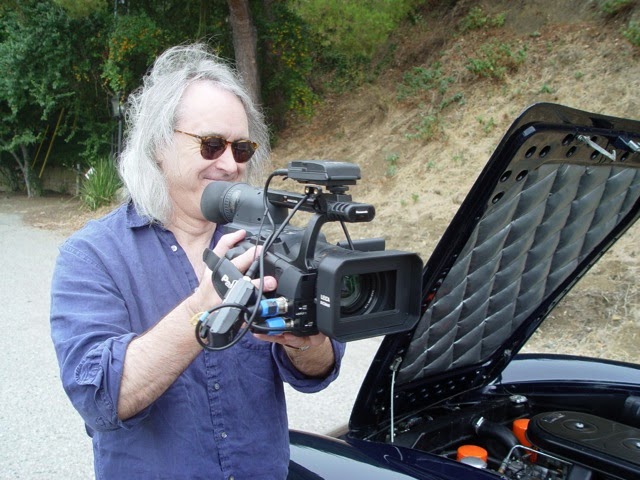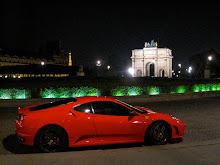Monday, March 17, 2014
James Bond: The complete & perfect brand
When I began looking into the concept of branding actors and applying it to the members of my film and TV repertory company in the early 1980s, I didn't use the word 'branding' as it was not commonly applied to actors as it is today. The word I used was 'signature' which implies that the attributes belong uniquely to one individual. The French word for signature is griffe and literally means the sharp nails of an animal or the mark left by the animal with its claw. So it was that I had the people in my organization who were branding our members use the term signature.
Since those early days, I have learned much about the obvious as well as subliminal aspects of branding people as actors and even as businessmen in the corporate world. I found that the better defined the brand, the easier it was to market. I was reading an article the other day about Ian Fleming who was the author of the James Bond books and creator of one of the best and most enduring personality brands that I can cite. The James Bond brand is such a full tapestry of characteristics and defining facets that I thought it might be interesting to see the detail with which Fleming branded his literary alter-ego.
The brand begins with what we see. In the first James Bond film, Dr. No, we encounter Bond seated at a Baccarat table wearing a tuxedo (or as the British would say, a dinner jacket). He looks strong, masculine, dangerous and elegant. Not a bad first impression for a brand. In defining Bond, Ian Fleming was painting something of a picture of himself and his own personal brand. Reading Fleming's biography, it is easy to spot the intersects between the real man and his fictional construct.
Is it necessary for an actor to be so thorough in creating his or her personal brand? If you are driven to make your mark rather than rely upon luck or Divine Intervention, I think it is. The way an actor dresses, the articles or 'props' he or she might carry with them and what they read all make an impression.
I was talking to a man who was a custodian at a high school. He was complaining that the teachers at the school had no regard for him and often ignored him as though he didn't exist. "Do you want them to talk to you?" I asked. Yes, he did. I told him to go to the newsstand and buy a copy of The Atlantic Monthly and roll it up so the magazine's name could be seen and stick it into his back pocket while he was at work. The next time I saw him, about a week later, he was stunned that a few of the teachers had noticed the magazine and began saying hello to him for the first time. It was a function of branding which caused an immediate and positive change in the way he was perceived.
What other trappings of James Bond further defined the brand? Well, Bond wore a Rolex and used a Ronson cigarette lighter. He wore Sea Island Cotton shirts and ordered his Martinis shaken, not stirred. He carried a Beretta 418 (.25) with a skeleton grip until it was replaced by a Walther PPK (7.65). He drove one of the last of the 1930 4.5 litre Bentleys with the Amherst Villiers supercharger. The Bentley was a battleship-grey--not grey, mind you, battleship-grey . Later, he was outfitted with an Aston-Martin DB Mk III in the book which was changed to changed to DB5 in the movie.
One need not go into such depth of consideration when contemplating the aspects and trappings of one's brand as an actor or business executive though doing so will certainly provide an edge that your peers don't have. It brings to mind that wonderfully cynical line of dialogue from School for Scoundrels spoken by Alastair Sim, "Just remember, if you're not one up on the other fellow, then he's one up on you."
Subscribe to:
Post Comments (Atom)

























































No comments:
Post a Comment